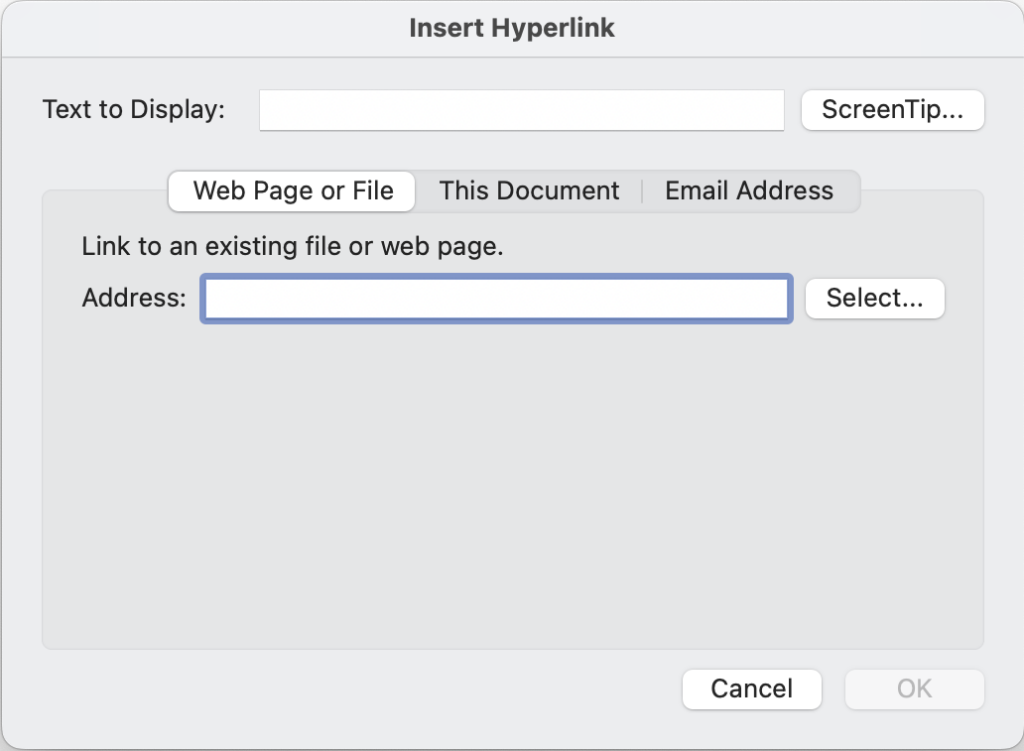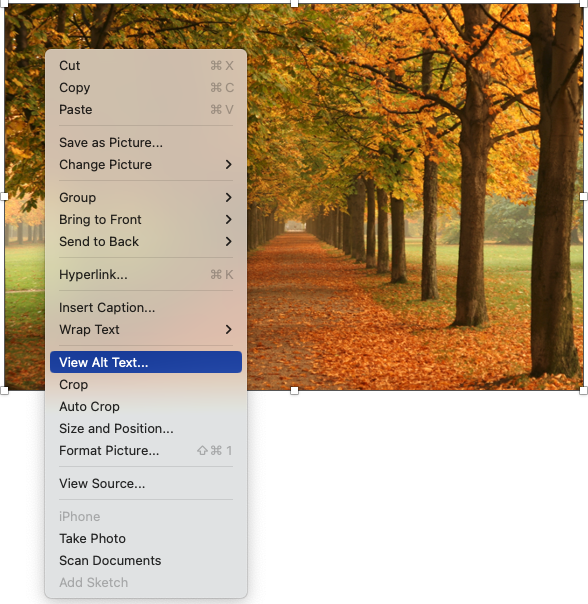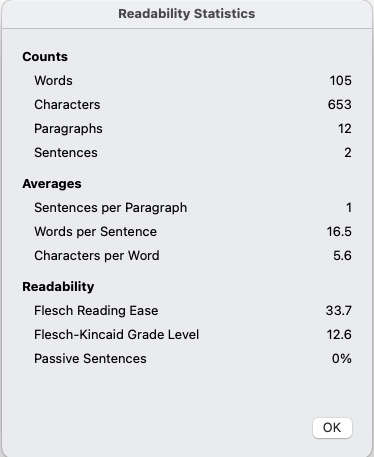Word Accessibility
Word Accessibility
Quick Start Guide

Top tips for Word accessibility:
Choose readable fonts
Use sans-serif or plain serifs, size 12 or larger.

Write descriptive linked text
Insert descriptive links instead of bare URLs. 
Use tools for structure
Use built-in tools for headings, lists, and tables.

Provide alternative text
Add descriptions to images that include information.

Check Mark as decorative for images that do not contain information.
Write in plain language
Use Word’s Editor Document Stats to measure language complexity.

Run the Accessibility Checker
Use the Check Accessibility tool to flag accessibility issues.

Moving forward…
Focus on creation and revision, not remediation. The next time you create a document or update an existing one, use the practices in this guide. Don’t focus on going back and fixing every document you have. Focus on making your new documents better.
Move to the next page to continue reading about Word accessibility and learn how to make accessible Word documents.

